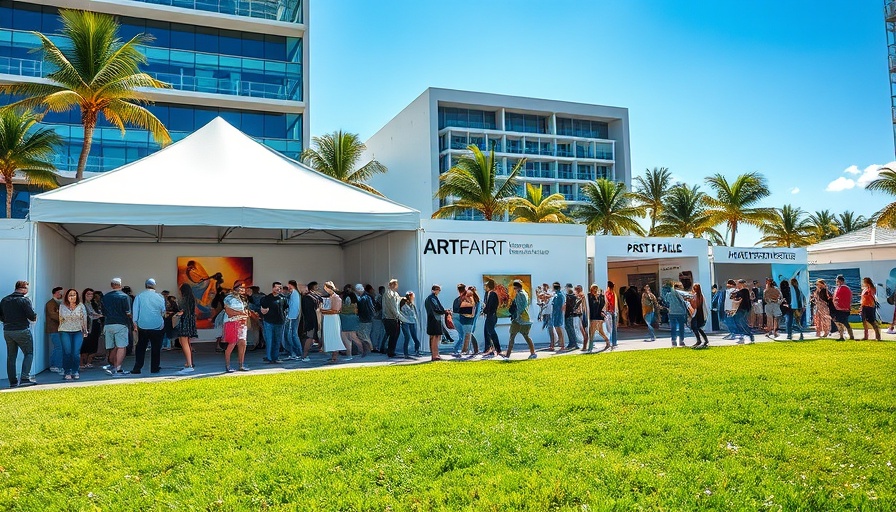
Is Art Criticism Shifting Toward Conservatism?
A recent conversation in the art world has thrust the role of art criticism back into the spotlight. Critics like Jason Farago and Dean Kissick have opened up discussions about whether contemporary art criticism is becoming more conservative or simply facing exhaustion. In an era where social media platforms dictate trends and popular opinions, the pressures to maintain relevancy might be reshaping how critics engage with art.
The Burnout Factor: What’s Behind the Shift?
Burnout is a significant issue in various fields, and art criticism is no exception. Critics often find themselves swimming against the tide of fleeting trends that opinionated online communities create, leading to a sense of disillusionment. Farago argues that the expectations of continuous engagement and the shift toward social media-centric criticism create an environment where in-depth critique is often sidelined. This is especially concerning for those who value nuanced perspectives in art interpretation.
Exploring Diverse Perspectives in Critique
While some decline into more conservative viewpoints, others argue that the essence of art criticism remains deeply rooted in revolutionary ideas and culture. Gary Kinsman, an art historian, emphasizes that art has always been a reflection of society’s challenges. Engaging with the complexities of contemporary issues through art remains central to many critics’ perspectives, suggesting that there is still room for radical viewpoints.
Historical Context: Built on Controversy
The nature of art criticism has always leaned into controversy. Historically, critics who have challenged the status quo have reshaped artistic narratives. For example, critics in the 20th century, such as Clement Greenberg, propelled modernist art to new interpretations and understandings. This path of challenging norms remains vital, as it fosters growth within the art community.
What This Means for Philadelphia’s Art Scene
For top wage earners in Philadelphia, engaging with art is often seen as a luxury, yet it’s also a means of participating in broader cultural dialogues. Understanding shifts in criticism can connect them to local artists and galleries that challenge conventions. The art scene in Philly, rich with diverse voices, thrives on critiques that push boundaries, reinforcing that art is more than décor — it embodies the community’s expression.
The Way Forward: Embracing Complexity
As the conversation around art criticism evolves, it is essential for critics to embrace the complexity of contemporary viewpoints. Encouraging discussions that welcome differing opinions can foster a richer dialogue. For the audience, staying informed and curious allows for a deeper appreciation of how art intersects with societal narratives.
Your participation in local art events and support for arts in education initiatives is crucial. By fostering conversations and engaging with various perspectives, you can help cultivate a vibrant art scene that reflects the intricate tapestry of our community.
 Add Row
Add Row  Add
Add 




Write A Comment